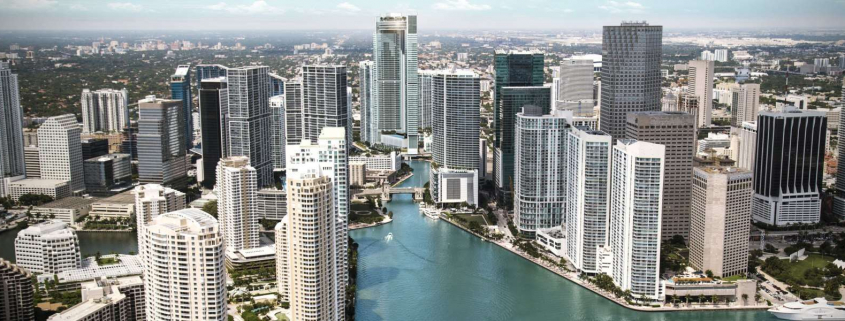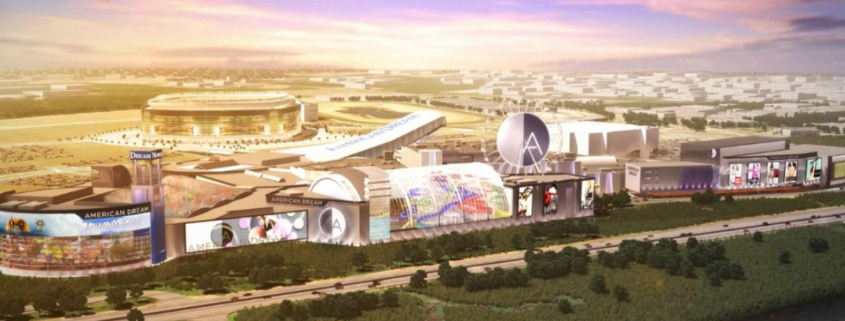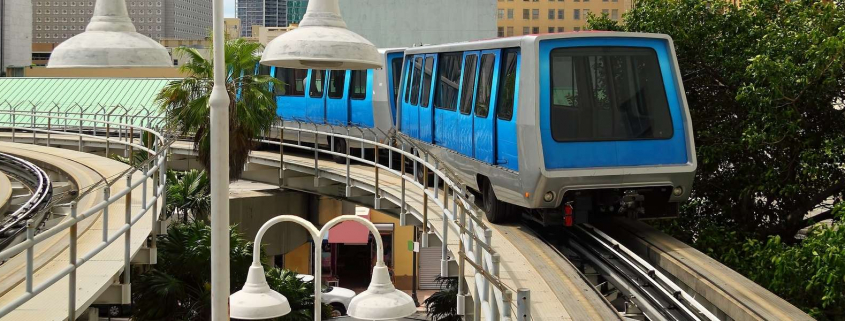Miami is a “city of the future” that needs to challenge “cities of the day” like New York and Boston to reach a new level, said developer Don Peebles, founder, chairman and CEO of the Peebles Corp.
Already a culturally developed, international tourist destination, Miami can achieve this by attracting new companies, allowing more construction and developing affordable housing for its workforce, Peebles told attendees at a Bisnow conference on transit oriented development Thursday at the Miami InterContinental.
“The region must get people out of their cars, improve mass transit and allow for denser development,” Peebles said. A strong draw for corporate investors is Florida’s low taxes who divides his time between homes in New York and Coral Gables. Why not go after the highly-taxed financial services industry in New York City, for example and bring them to this low-tax center?”
But there are impediments: traffic congestion and excessive complications for new vertical development and density. Miami employees typically spend as much as three hours a day going to and from work, which deals a major loss to productivity, he said. Miami’s workforce for the most part can’t afford to live where they work and lack access to the public transportation system.
The county has a rail system but it is not broadly developed. To access public transportation here today, people need to use cars. One answer is transit oriented development, which allows people to stay close to employment centers.
“People will need to access every part of their lives without getting into a car,” said Peebles, whose company is working on a variety of projects in Miami and the Northeast.
A major roadblock to developing new projects in the Miami area is a lack of unified zoning oversight, which limits density and structural height. Miami and Miami Beach are made up of many municipalities that each has its own city hall, police force and regulations for real estate.
“I never had to hire a lobbyist until I came here,” Peebles said. “Politicians here tend to reach out to small groups of people regarding real estate permitting. They can get elected with 4,000 votes. In New York City, the mayor has 10 million people, so what if 10,000 people get annoyed with him? In New York, people can express their views, but zoning is decided by people who are qualified. A central issue impeding development is there is no comprehensive oversight for real estate permitting, zoning, density and structural height. Miami has to realize that it is an urban center, and allow more supply.”
Peebles was one of several panelists that included Miami-Dade transport officials, real estate developers and attorneys. Others included Meg Daly, founder and president of Friends of the Underline (a park, path and trail built under the Metrorail), who said that bicyclists and pedestrians using the Underline have so far helped remove about 5 percent of cars from US-1 while attracting new customers to businesses along the route.
“Among other projects, Miami-Dade County is concentrating efforts to make first- and last-mile connections for all its rapid transit corridors,” said Aileen Bouclé, executive director of the Miami-Dade Transportation Planning Organization. “Uber and Lyft are helping, but they both are operating at a loss.”
“Meanwhile, as infill increases in the downtown area, the bare bones Metrorail stations should incorporate amenities, and new stations should be added between existing ones,” said Humberto Alonso, vice president of Atkins North America.
Source: The Real Deal



